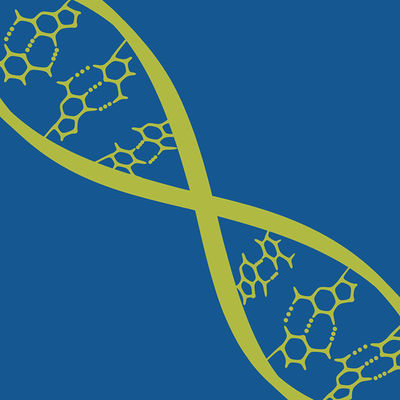预约演示
更新于:2025-05-07
信号肽酶-II
更新于:2025-05-07
基本信息
别名- |
简介- |
关联
2
项与 信号肽酶-II 相关的药物靶点 |
作用机制 信号肽酶-II抑制剂 |
在研机构 |
原研机构 |
在研适应症 |
非在研适应症- |
最高研发阶段药物发现 |
首次获批国家/地区- |
首次获批日期1800-01-20 |
靶点 |
作用机制 信号肽酶-II抑制剂 |
在研适应症 |
非在研适应症- |
最高研发阶段药物发现 |
首次获批国家/地区- |
首次获批日期1800-01-20 |
100 项与 信号肽酶-II 相关的临床结果
登录后查看更多信息
100 项与 信号肽酶-II 相关的转化医学
登录后查看更多信息
0 项与 信号肽酶-II 相关的专利(医药)
登录后查看更多信息
91
项与 信号肽酶-II 相关的文献(医药)2024-05-17·ACS Chemical Biology
Computational Design of Cyclic Peptide Inhibitors of a Bacterial Membrane Lipoprotein Peptidase
Article
作者: Da Costa, Thaina M. ; Ballantine, Ross D. ; Ostrovitsa, Nikita ; Bowen, Katherine ; Geoghegan, Joan A. ; Cochrane, Stephen A. ; Bailey, Jonathan ; Levine, Paul M. ; Bann, Samantha J. ; Nolan, Mark D. ; Stewart, Lance J. ; Bhardwaj, Gaurav ; Scanlan, Eoin M. ; Weichert, Dietmar ; Caffrey, Martin ; Baker, David ; Olatunji, Samir ; Craven, Timothy W.
2024-01-01·Biochimica et Biophysica Acta (BBA) - Biomembranes
Liquid-chromatography mass spectrometry describes post-translational modification of Shewanella outer membrane proteins
Article
作者: Butt, Julea N ; Martins, Carlo ; Clarke, Thomas A ; Crack, Jason C ; van Wonderen, Jessica H ; Saalbach, Gerhard ; Edwards, Marcus J
2020-08-01·Microbiology4区 · 生物学
Role of the unique, non-essential phosphatidylglycerol::prolipoprotein diacylglyceryl transferase (Lgt) in Corynebacterium glutamicum
4区 · 生物学
Article
作者: Houssin, Christine ; Bayan, Nicolas ; Dietrich, Christiane ; Chami, Mohamed ; Argentini, Manuela ; Masi, Muriel ; Salmeron, Christophe ; Labarre, Cécile ; Cornu, David ; Sago, Laila ; Mohiman, Niloofar ; de Sousa d’Auria, Célia ; Dautin, Nathalie
分析
对领域进行一次全面的分析。
登录
或

Eureka LS:
全新生物医药AI Agent 覆盖科研全链路,让突破性发现快人一步
立即开始免费试用!
智慧芽新药情报库是智慧芽专为生命科学人士构建的基于AI的创新药情报平台,助您全方位提升您的研发与决策效率。
立即开始数据试用!
智慧芽新药库数据也通过智慧芽数据服务平台,以API或者数据包形式对外开放,助您更加充分利用智慧芽新药情报信息。
生物序列数据库
生物药研发创新
免费使用
化学结构数据库
小分子化药研发创新
免费使用

